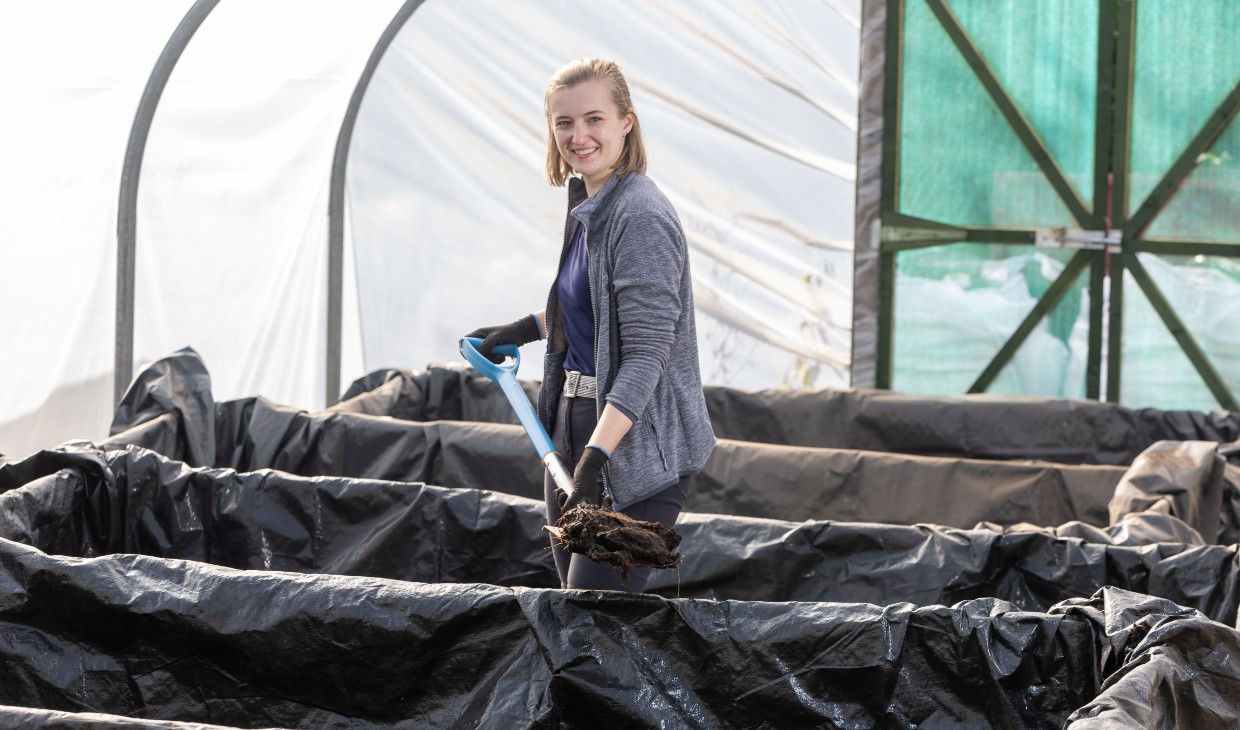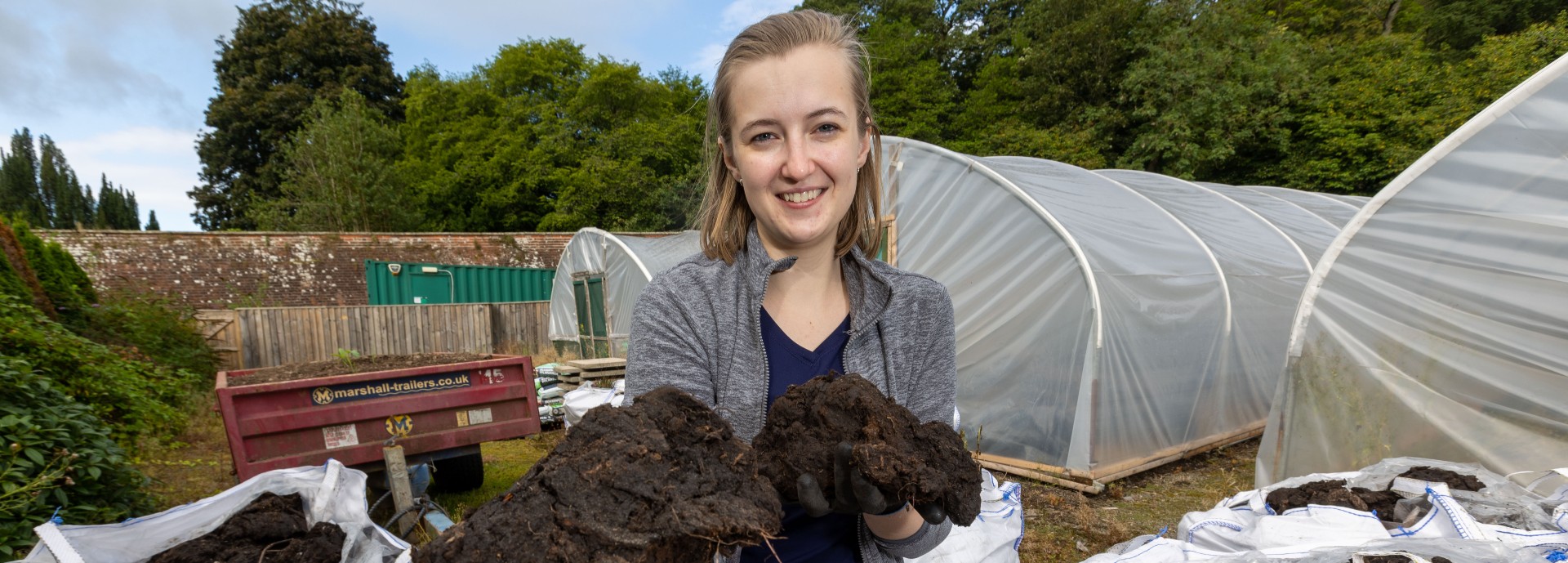A pioneering project aimed at improving our understanding of the role changing water levels play in peatland restoration has begun at the University of Stirling.
Researchers have recreated a peat bog on campus and are closely monitoring the effects of seasonal surface fluctuations, also known as bog breathing, using satellites in order to assess the success of existing and future peatland restoration projects.
Peatland mitigates climate change by storing more carbon than all other types of vegetation combined, however, many peatlands across the UK have been degraded so restoration work is vital.
The University of Stirling project is led by PhD researcher Georgina Page. She said: “Monitoring peatland restoration is a step towards improving carbon capture. We are measuring the water table depth in peatlands using advanced satellite SAR (Synthetic Aperture Radar) technology.
“The results of this experiment will help us assess the success of restoration efforts and, in future, enable us to identify peatland areas that would benefit most from restoration.”
 PhD researcher Georgina Page at the peat bog on the University of Stirling campus
PhD researcher Georgina Page at the peat bog on the University of Stirling campus
Orbital launch services company, Orbex, is supporting the research by providing a small amount of peat from its Sutherland Spaceport site so that a bog could be recreated at the University of Stirling.
Sutherland Spaceport is being built with sustainability in mind and is intended to be the first spaceport globally to be carbon-neutral in its construction and operation.
Peat lifted during the construction will be reused to repair large areas of peatland that have degraded over centuries and a peat management plan is in place to support this activity.
Mitigating climate change
Martin Coates, CEO of Orbex, said: “Peatland preservation is essential to supporting a sustainable, low-carbon future. In Scotland, peat bogs are responsible for storing 1.7 billion tons of carbon.
“We are delighted that the beautiful peatlands that Sutherland Spaceport calls home can play a part to support this research into mitigating the harmful effects of climate change.
“That’s why Orbex is championing the important work of Georgina and the University of Stirling in understanding more to achieve peat restoration.”
The spaceport is being built and operated by Orbex, under a fifty-year lease on land owned and managed by the Melness Crofters Estate (MCE).
MCE chair Dorothy Pritchard said: “It’s encouraging to see this research project taking place and the collaboration between Orbex and the University of Stirling which will help us understand more about the restoration of peat, one of our vital assets.”
The peat bog at the University of Stirling will remain on campus after Ms Page’s research and be used by other researchers in future.

